|
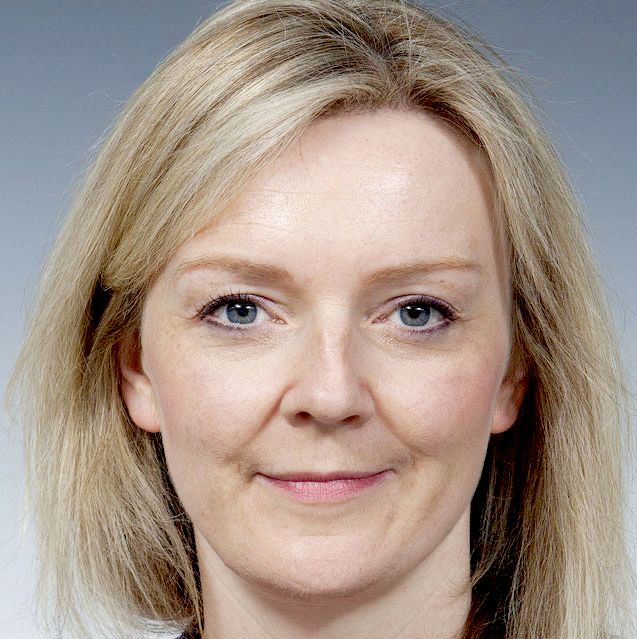
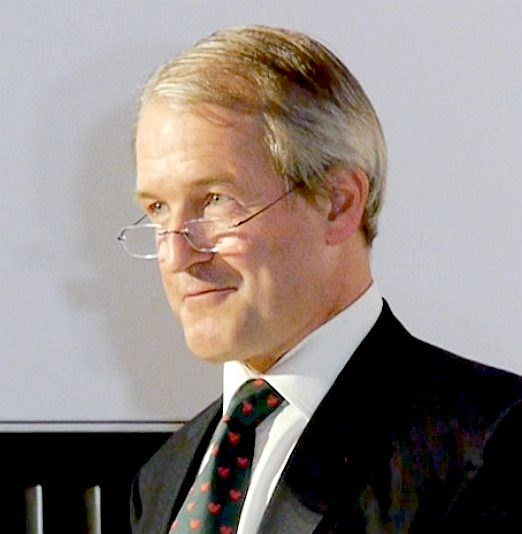
[LEFT]
On 15 July 2014 Elizabeth Truss was appointed Secretary of State for Environment, Food and Rural Affairs, replacing Owen
Paterson. In apparent contrast to her predecessor, Truss declared that she fully believed that
climate change is happening, and that "human beings have contributed to that."
She was born 26 July 1975 and is a British Conservative Party politician who has been the Member of Parliament (MP) for South West Norfolk since the 2010 general election.
In November 2014, Truss launched a new 10-year bee and pollinator strategy to try and reverse the trend of falling bee populations, including a strategy to revive traditional meadows which provide the most fertile habitat for pollinators. In July 2015, she approved the limited temporary lifting of an EU ban on the use of two neonicotinoid pesticides, enabling their use for 120 days on about 5% of Englands oil seed rape crop to ward off the cabbage stem flea beetle; campaigners have warned that pesticides have been shown to harm bees by damaging their renowned ability to navigate
home. We
have noticed more bumble bees in our neck of the wood in Sussex this year
(May 2016).
[RIGHT]
Owen Paterson (born 24 June 1956) is a British Conservative Party politician who was the Secretary of State for Environment, Food and Rural Affairs from 2012 until 2014 and has been the Member of Parliament (MP) for North Shropshire since 1997.
Paterson was first appointed to the Shadow Cabinet of David Cameron in 2007 as Shadow Secretary of State for Northern Ireland. Upon the formation of the Coalition Government in 2010 he was appointed to the Cabinet as Secretary of State for Northern Ireland, where he remained until being moved to DEFRA in 2012.
In 2014 he established and became the Chairman of UK 2020, a centre-right think tank based in Westminster.
The
Environment Agency is an executive non-departmental public body, sponsored by the Department for Environment, Food & Rural Affairs, the Environment Agency was Established in 1996 and works to create better places for people and wildlife, and support sustainable development.
Among other critical responsibilities, the EA are also responsible for managing the risk of flooding from main rivers, reservoirs, estuaries and the sea. Lead local flood authorities are responsible for managing the risk of flooding from surface water, groundwater and ordinary watercourses and lead on community recovery, including making sandbags available to those that need them. FLOOD & COASTAL RISK MANAGEMENT
The Environment Agency is the principal flood risk management operating authority. It has the power (but not the legal obligation) to manage flood risk from designated main rivers and the sea. These functions in relation to other rivers (defined as ordinary watercourses) in England are undertaken by Local Authorities or internal drainage boards. The Environment Agency is also responsible for increasing public awareness of flood risk, flood forecasting and warning and has a general supervisory duty for flood risk management. As of 2008 the Environment Agency also has a strategic overview role for all flood and coastal erosion risk
management. The term "Flood Risk Management" in place of "Flood Defence" recognises that managed flooding is essential to meet the requirements of a sustainable flood strategy. It is often not economically feasible or even desirable to prevent all forms of flooding in all locations, and so the Environment Agency uses its powers to reduce either the likelihood or consequences of flooding. WATER QUALITY
The Agency has a duty to maintain and improve the quality of surface waters and ground-waters and, as part of the duty, it monitors the quality of rivers, lakes, the sea and groundwater on a regular basis. Much of this information is required by law under the provisions of a number of European Directives to be reported both to Parliament and to Europe and to be made public. Some of these duties have been in force through predecessor agencies and as a consequence the Agency maintains some long term data sets which in some cases such as the Harmonised monitoring scheme exceed 30 years of consistent data collection.
Monitoring is also carried out of many discharges to the aquatic environment including sewage effluents and trade and agricultural discharges.
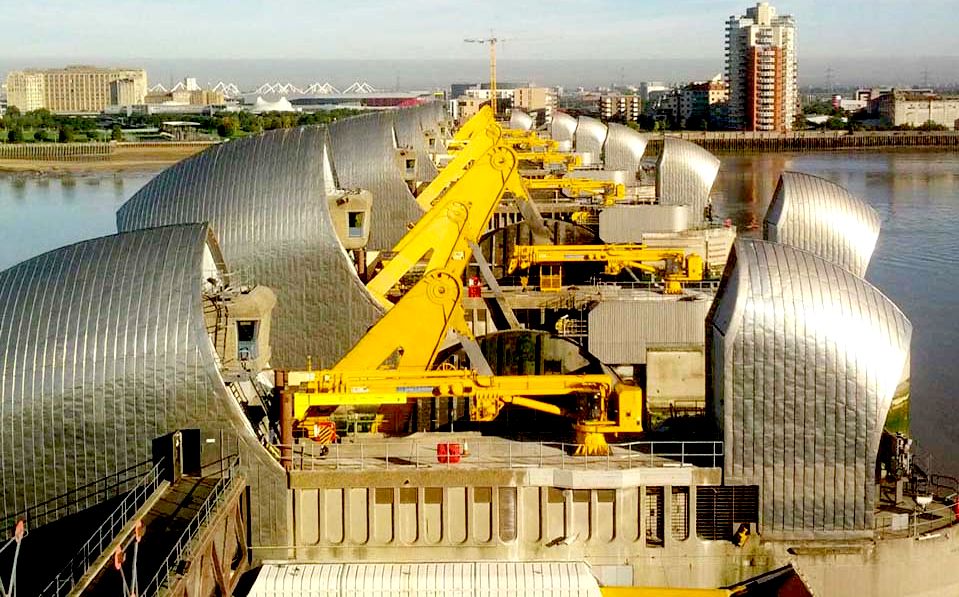
HYDRAULICS -
The Thames Barrier is one of the flood risk management installations operated by the Environment Agency.
WATER RESOURCES
The Agency manages the use and conservation of water through the issue of water abstraction licences for activities such as drinking water supply, artificial irrigation and hydro-electricity generation. The Agency is in charge of inland rivers, estuaries and harbours in England. Its remit also extends into Scotland in the River Tweed and River Solway catchments where special arrangements exist with SEPA to avoid duplication but retain management on a catchment basis.
Complex arrangements exist for the management of river regulation reservoirs, which are used to store winter water in the wetter parts of England to maintain levels in the summer time so that there is sufficient water to supply the drier parts of the country with drinking water.
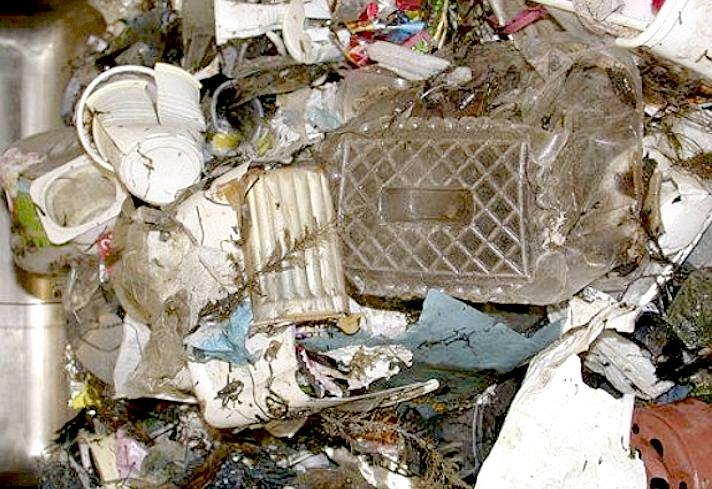
RIVER
THAMES - Plastic and other waste rests on the bed of the great river
before it gets swept out into the North Sea, and then possibly
Norwegian Sea.
AIR QUALITY
The Agency is a regulator for the release of air pollutants into the atmosphere from large, complex industrial processes. This will soon include emissions from some large-scale agricultural activities, but air pollutant releases from many agricultural activities will continue to be unregulated.
Major sources of air pollution, such as transport, are subject to various measures at the European, national and local level. Local authorities regulate air pollution from smaller industrial processes. The Agency works with local authorities, the Highways Agency and others to implement the UK government's air quality strategy in England as mandated in the Environment Act 1995. The Environment Agency has an Air Quality Modelling and Assessment Unit (AQMAU) that aims to ensure that air quality assessments for permit applications, enforcement and air pollution incident investigations are consistent, of a high standard and based on sound science.


[LEFT]
Emma Howard Boyd joined the Environment Agency board in July 2009. Emma chaired the Audit and Risk Assurance Committee, sat on the Pensions and Flood and Coastal Risk Management Committees and was an Area Board Member. She was appointed as Deputy Chair in July 2015.
Emma currently serves on various boards and advisory committees including the Future Cities Catapult (Vice Chair), ShareAction (Chair), and Menhaden Capital PLC (Board member).
As the acting Chair of the Environment Agency she is responsible for leading the organisation and making sure that it fulfils all of its goals.
[RIGHT]
Sir James Bevan KCMG is a British diplomat and public servant. Since 2015, he has been the Chief Executive of the Environment Agency. Bevan was born on 13 July 1959. He was educated at
Sussex
University.
FUNDING
The agency is funded in part from the UK government Department for Environment, Food and Rural Affairs (DEFRA). Additional money is raised from the issuing of licences and permits such as abstraction licences, waste handler registrations, navigation rights and rod (fishing) licences and from licensing data for which the Agency is owner.
Funding for asset management and improvement and acquisition of flood risk management assets has traditionally come from local authorities via Flood Defence Committees. This was then effectively repaid by central Government in later years as part of the Formula Spending Share. In 2005 this was simplified by making a direct transfer from Treasury to the Environment Agency in the form of Flood Defence Grant in Aid.
The Environment Agency's total funding in 200708 was £1,025 million, an increase of £23 million on 200607. Of that total, £628 million (61 per cent) was provided in the form of 'flood defence grant-in-aid' from government (£578 million for England and £50 million for Wales). In addition, £347 million (34 per cent) was raised through statutory charging schemes and flood defence levies; and a further £50 million (5 per cent) came from other miscellaneous sources.
In 200708 had an operational budget of £1.025 billion, of which £628m was grant from the Agency's sponsoring Government Departments. Approximately half the Agency's expenditure is on flood risk management, and a third is spent on environment protection (pollution control). Of the remainder, 12% goes to water resources, and 6% to other water functions including navigation and wildlife.
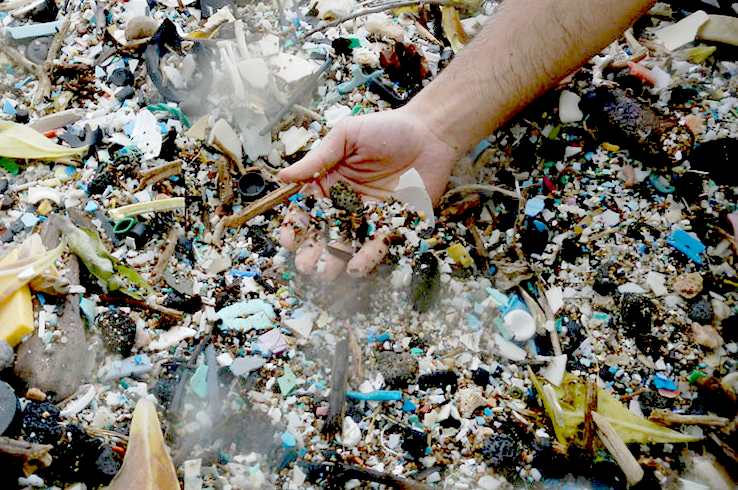
It
all goes back to our dependence on oil. The by product, plastic, is so
useful that we could not do without it today. For that reason, we need to
take responsibility for our needs, by making provision to clean up our
mess sustainably. We cannot afford fleets of trawlers manned by humans to
scoop up the harmful soup, and that is where semi-autonomous robots could
come to the rescue.
Each year,
oil companies remove approximately 3.7 trillion gallons of oil from the earth. This oil is transported by barges, ocean going tankers, and pipelines to refineries and storage facilities. It is inevitable that
accidental leaks and spills will take place on a regular basis, where oil is mostly transported across vast
oceans. That is the first stage of oil pollution. The second stage is oil
byproduct pollution from plastic.
ENGLISH
CHANNEL COASTAL POLLUTION The Agency is the main regulator of discharges to
air, water, and land under the provisions of a series of Acts of Parliament. It does this through the issue of formal consents to discharge or, in the case of large, complex or potentially damaging industries by means of a permit. Failure to comply with such a consent or permit or making a discharge without the benefit of a consent can lead to criminal prosecution. Magistrates' Court can impose fines of up to
£50,000 or 12 months imprisonment for each offence of causing or knowingly permitting pollution. If prosecuted in the Crown Court, there is no limit on the amount of the fine and sentences of up to 5 years imprisonment may be imposed on those responsible for the pollution or on Directors of companies causing pollution.
The Agency has an important role in conservation and ecology specifically along rivers and in wetlands. More general responsibility for the countryside and natural environment in England falls to the organisation
Natural
England. The Environment Agency's activities support users of the rivers and wetlands, including anglers and boaters. OTHER
MARINE RESPONSIBILITY
The Environment Agency is the harbour authority for Rye and the Conservancy Authority for the Dee Estuary. The Environment Agency also publishes information about tidal bores, these being the Trent Aegir and the Severn bore.
CONSULTATION & INFLUENCING
The Agency uses its influence and provides education to change attitudes and behaviour towards the environment. Action, in several policy areas, is directed towards business and commerce at all levels, children in education, the general public and Government and local government. This last area is quite distinct from the Agency's statutory role to advise Government.
In local government planning processes, the Environment Agency is a statutory consultee on all planning matters from County Strategic plans down to individual planning applications. In reality only those applications judged to pose special risks to the environment are commented on in any detail. For many years the Agency has been offering strong advice against the development of land in floodplains because of the risk of flooding. Whilst in some instances, this advice may not have been appreciated in its entirety, in a large number of cases this advice has been used to reach decisions on planning applications.
The Environment Agency is also an advisory board member of the River Restoration Centre at
Cranfield University. 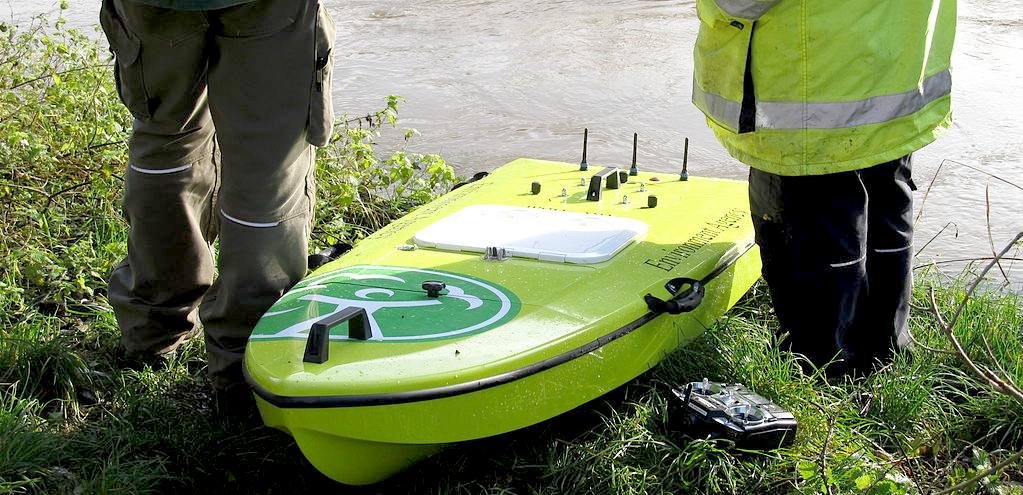
GOVERNMENT ADVISER
Until the formation of the Environment Agency, the Government took specialist advice on the management of the environment from civil servants employed in appropriate ministries. This led to considerable duplication of effort and frequent disagreements between Government and the regulatory agencies. The Environment Agency now advises Government directly about those issues within its purview. PURPOSE
& SCOPE
The Environment Agency's stated purpose is, "to protect or enhance the environment, taken as a whole" so as to promote "the objective of achieving sustainable development" (taken from the Environment Act 1995, section 4). Protection of the environment relates to threats such as flood and pollution. The vision of the Agency is of "a rich, healthy and diverse environment for present and future generations". The Environment Agency's remit covers the whole of England, about 13 million hectares of land, 22,000 miles (35,000 km) of river and 3,100 miles (5,000 km) of coastline seawards to the three-mile limit which includes 2 million hectares of coastal waters. In a sharing arrangement with the Scottish Environment Protection Agency (SEPA), it also exercises some of its functions over parts of the catchments of the River Tweed and the Border Esk which are, for the most part, in Scotland.
Youtube
Sustainability

LINKS
https://www.gov.uk/government/organisations/environment-agency/about
https://en.wikipedia.org/wiki/Environment_Agency
http://www.unep.org/
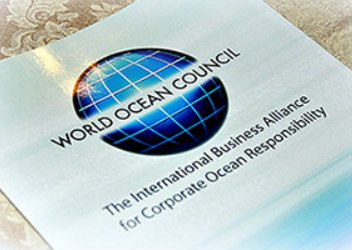
ACIDIFICATION
- ADRIATIC
- ARCTIC
- ATLANTIC - BALTIC
- BAY BENGAL - BERING
- CARIBBEAN - CORAL - EAST
CHINA
ENGLISH CH
-
GOC - GUANABARA
- GULF
GUINEA - GULF
MEXICO
- INDIAN
-
IOC
-
IRC - MEDITERRANEAN -
NORTH SEA - PACIFIC
- PERSIAN GULF - SEA
JAPAN - STH
CHINA - PLASTIC
- PLANKTON - PLASTIC
OCEANS - SEA
LEVEL RISE - UNCLOS
- UNEP
- WOC
- WWF
AMAZON
- BURIGANGA - CITARUM - CONGO - CUYAHOGA -
GANGES - IRTYSH
- JORDAN - LENA -
MANTANZA-RIACHUELO
MARILAO
- MEKONG - MISSISSIPPI - NIGER - NILE - PARANA - PASIG - SARNO - THAMES -
YANGTZE - YAMUNA - YELLOW
|






